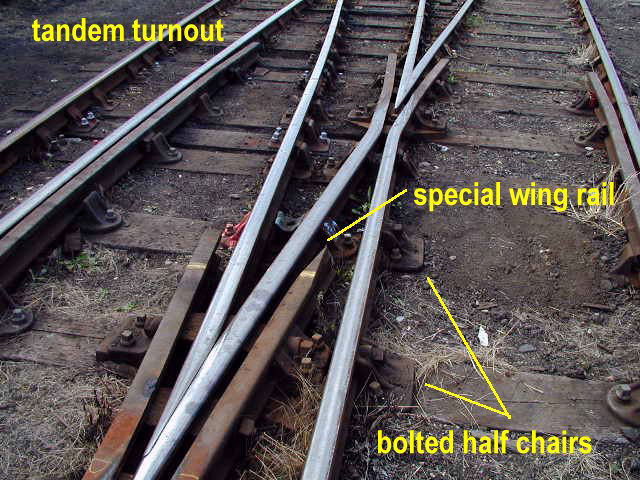- Location
- West of the Severn UK
- Info
.
I have now added a spacer pad on the switch jigs to ensure the loose end of the rail is not pushed up out of the jig when tightening the bolt at that end.
This replaces the suggestion of using sticky tape for this purpose:

The spacer pad can be turned off if not wanted.
Before anyone asks the same question every time I add anything -- yes, the dimensions of the pad can be changed. Click the set... button:
Click the set... button:

In the next program update.
cheers,
Martin.
I have now added a spacer pad on the switch jigs to ensure the loose end of the rail is not pushed up out of the jig when tightening the bolt at that end.
This replaces the suggestion of using sticky tape for this purpose:
The spacer pad can be turned off if not wanted.
Before anyone asks the same question every time I add anything -- yes, the dimensions of the pad can be changed.
In the next program update.
cheers,
Martin.
message ref: 9749
 Search
Search



